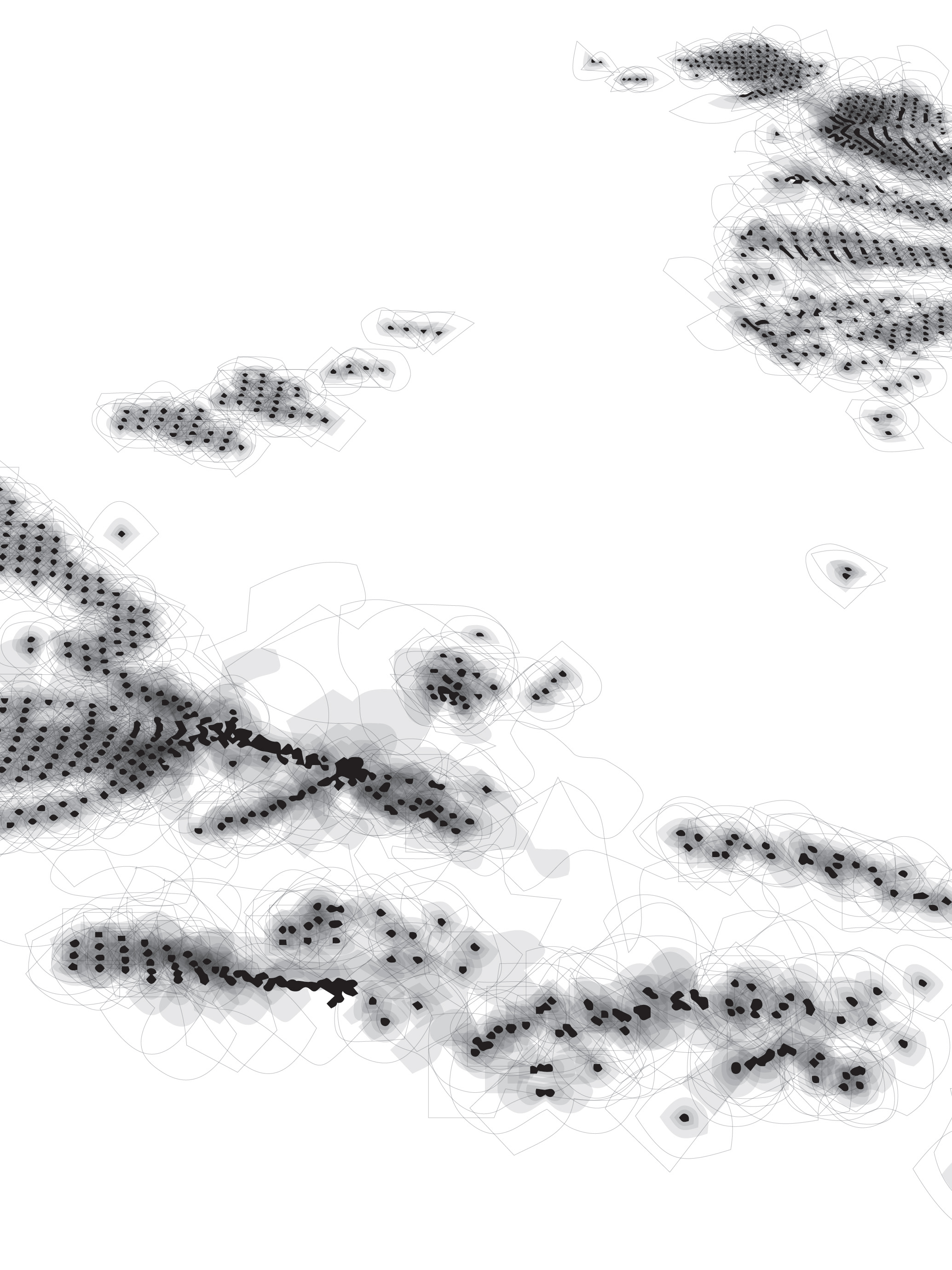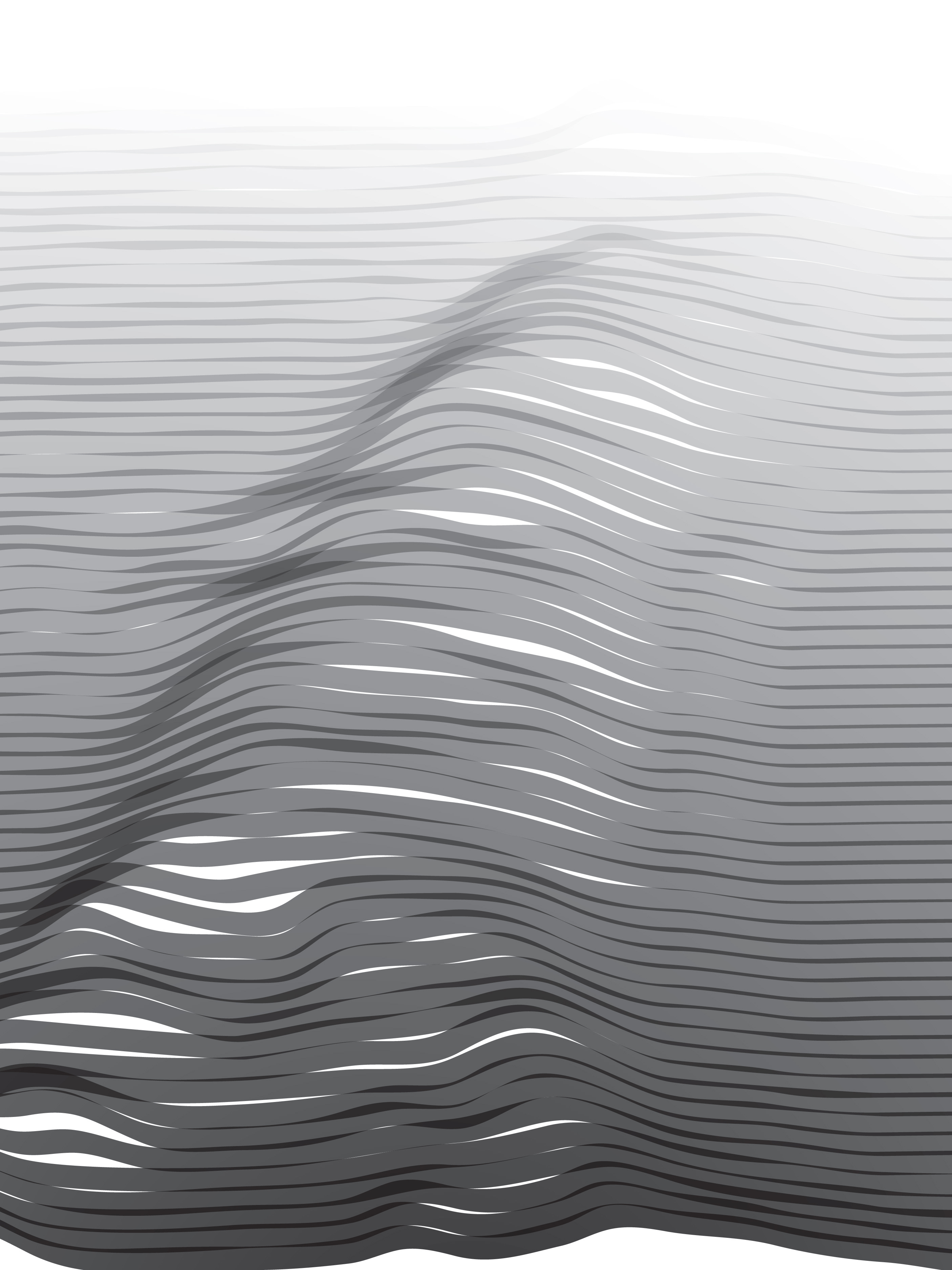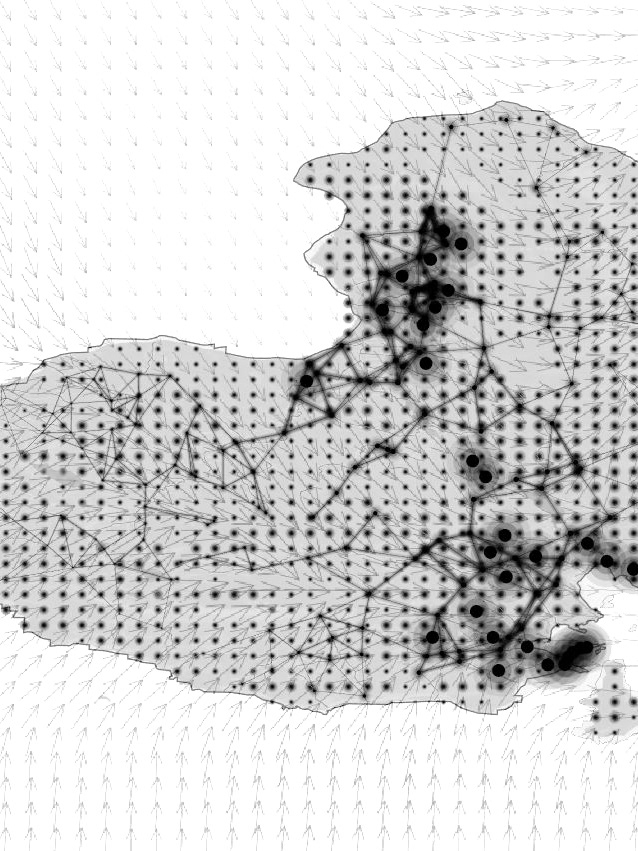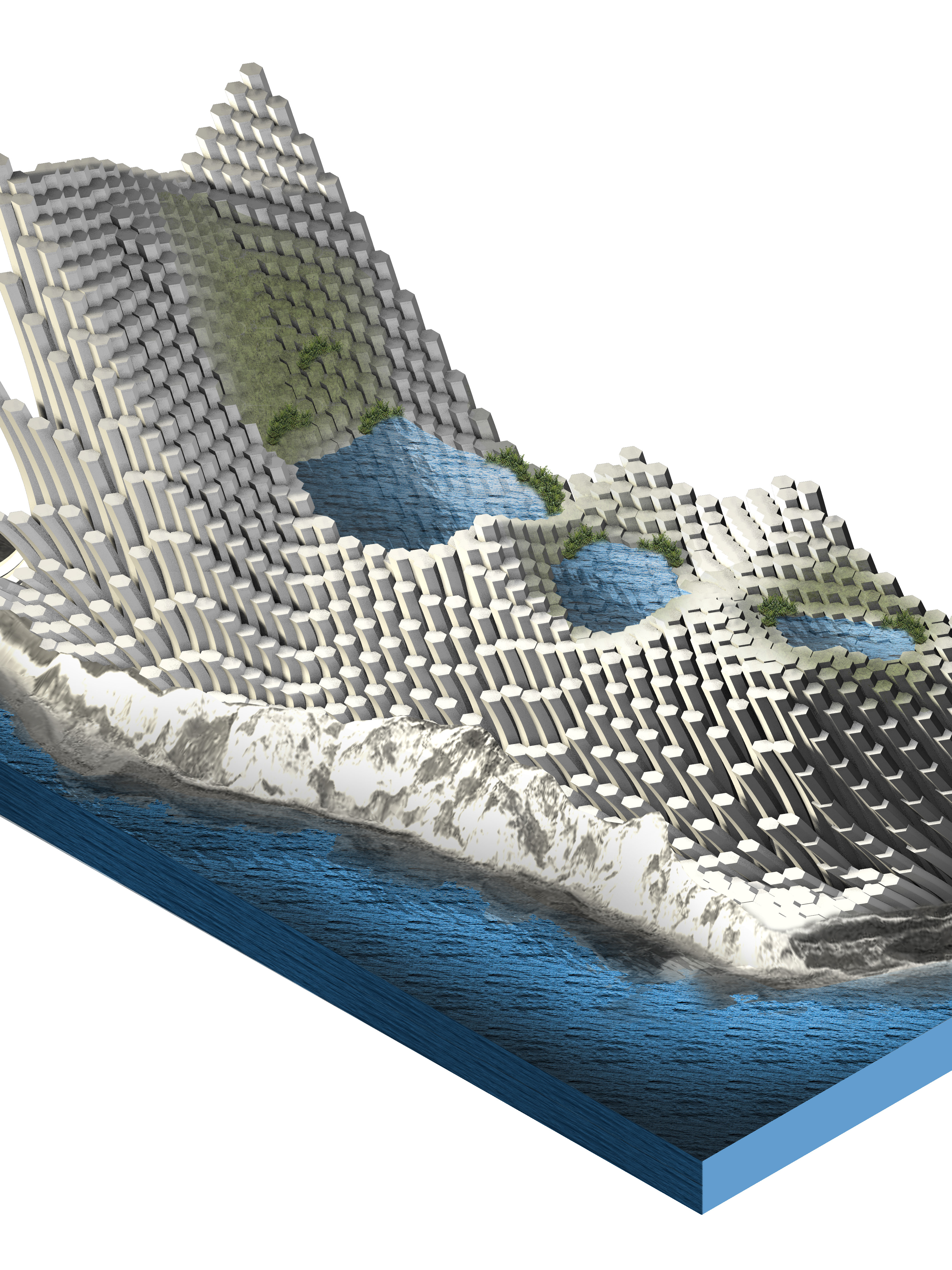Today, many homeowners in the United States of America live in their quiet suburban home with a front garden and lush green lawn. Suburban lawns are watered, maintained, ands mowed to keep their homes attractive to their community. In warmer climates, Los Angeles homes also maintain their front gardens and lush green lawns. Greater Los Angeles, located between the San Gabriel mountains to the thirty-minute drive to beach, is home to the urban sprawl single-family homes. Majority of single-family homes maintain a front yard and a back yard consisting of either green lawns and/or gardens. In some cases, families live in town homes consisting of homeowner associations(HOA) to maintain the exterior aesthetic appeal of the homes(Davis 152-155). Specifically, lush green front yards are desired to indicate a well-maintained property, thus indicating status and wealth. In Southern California, lawns are popular amongst single-family homes, but at a cost of water. As an Angelino, I grew up oblivious knowing where Los Angeles water comes from except tap water from the kitchen, bathroom, and garden hose connected to my house. Unaware where water comes from, thousands of Angelinos commute every morning over the 101-freeway bridge to work absented minded of the channelized concrete river below(Gandy 145-183). Los Angeles residents continue their routine to feed their families and water their lawns without having a direct contact to the local water resources of the city, if there is any water contact. As Angelino Americans remain oblivious to their water resources, the correlation between water availability and lawn quality associates the status and wealth implications.
Prior to 1908, the Los Angeles river served as the primary source of water for its population. The snow packs on the mountainside of Santa Monica to the San Bernardino would melt, thus recharging the water aquifers and discharging water bodies(Gandy 145-183). Los Angeles county population in the late 1800’s and early 1900’s was at approximately 170,000(U.S. Census Bureau). The current river was able to supply the region with water to meet the population demands. In the event of drought and population growth, Fred Eaton requested William Mulholland to bring water to Los Angeles’ from Owens valley. The Los Angeles Aqueduct was built, diverting million gallons of water to Los Angeles all down-hill(MacDonald). Thus, the population tripled since the construction of the Los Angeles aqueduct within the last decade. Over the years, the water resources promoted the growth of the city. Los Angeles residents continued to grow as did the water resources. In addition to the supply of water, the climate of Los Angeles provided the unpredictable amounts of rain, thus causing damage along the flood zones of the area. Therefore, Los Angeles reacted to flood damages, channelizing the river to divert water away from urban development(LADWP). As urban development expands and population grows, residents continued to be oblivious of their water supply. The Los Angeles floods showed no remorse to damages it had caused. Many residents today remain oblivious of its water supply. Single-family homes continue to grow in Los Angeles, thus fostering the suburban model with thriving front lawns.
Figure 1.1 Channelized Los Angeles River, Downey, California (2018). Photo: Jimmy Ta.
In the early 1700s, the United States did not have lush green lawns. Pre-dating the urban sprawl of the United States, vegetated lands of the New World did not have vast green grasslands grazed by sheep and cattle. The land is home to the buffalo and elk that grazed the prairies. The native landscape and vegetation of America have a different landscape typology than the English grasslands grazed by sheep and cattle(Robbins 1-45). The native landscape benefited the Native Americans, which allowed them to hunt buffalo and gather local vegetation for food. However, the “settlers were disappointed with the quality of grazing they found on first arriving in North America”(Robbins 1-45). Settlers thought native grasses and land were infertile and unable to provide livestock grazing, herding, and growing vegetables. Settlers were familiar with grazed English grasslands benefiting from the symbiotic relationship of the livestock fertilizing the grounds and grasslands feeding the cattle and sheep. Over time, settlers imported grasses from England and English garden designs that reminded them of their home town to the colonies in hope of curing the land with more fertile grasses. The expansion of territory and land of the colonies allowed bigger estates and development to occur. It provided the colonies to expand what is now the United States and cheaper properties due to expansion. Many homes expanded to the west of the United States, thus creating vast farm lands and ranch estates. Ranch estates are the model of lawn aesthetic desires, which influenced home in the suburbs to adopt lawn in their front gardens(Robbins 1-45) This allowed residents to reminisce pastoral landscapes without realizing the origins of grass lawnscapes. Homes eventually adopt the front yard gardens, creating the lush green landscapes seen today(Robbins 1-45). In figure 1.2, typical garden and homes today resemble the lush green lawns. Residents today are disconnected with the significance of lawns, but only the implications of grass as the normal desired aesthetic. Homeowners only recognize the unnatural watering of maintaining such foreign manicured grass.
Figure 1.2 The typical American garden and home of suburbia, Artesia, California (2018). Photo: Jimmy Ta.
Residents continue to maintain their landscaped gardenesque homes. Majority of home owners do not know where their water comes from, but residents know adding water to grass will allow it to grow. Los Angeles is characterized as the urban sprawl and the land of automobiles. The landscape of Los Angeles is described to have the characteristics of the Mediterranean climate and dramatic monsoon seasons(MacDonald). There is a contrast in context within Los Angeles water resources and the disproportion of existing populations today. Contextually, the high population of Los Angeles requires more water to keep grasses green. Angelinos continue watering their lawns to subconsciously remind themselves of their pastoral landscapes that predates to the 1700s imported manicured English garden designs. Angelinos live in lies with themselves to replicate the nonexistent native lawn gardens of the past that does not fit in the context of Southern California. Parallel to Hutton’s claim, landscapes of New York’s Central Park represent the idea of natural landscapes by mining and transporting nonlocal stone quarries to the fabricated nature of central park(Hutton 40-47). In addition, the high line brings the example of fabricating the aesthetic of the old rail line to represent its image as if planting has been naturalized for many years with native planting. Los Angeles brings this idea of grass propaganda to idealize the notion of ideal homes and landscapes in Southern California. Bermuda, St. Augustine, and small fescues grasses do not grow naturally in desolate climates of Los Angeles, yet residents feel the need to cultivate the perfect lawn despite unsuitable climates.
In the case of Southern California, naturalized regions of the greater area consist of coastal sage scrub, black walnut groves, and oak trees in the hiking trails. Native grasses in Southern California are composed of rye grasses and deer ornamental grasses, which does not resemble the lush green grasses seen in figure 1.3. Vegetation of this region is considered unmaintained, untrimmed, and foreign to the settlers of Los Angeles. It is the region of the Tongva Native Americans who settled along the Los Angeles river absent of a green lawn(MacDonald). Los Angeles is not meant to have lush green lawns and remains out of context today. Today, Angelinos still maintain its green landscapes such as golf courses, front lawns, and parks. These green turf landscapes have an impact to the unconscious water spending and where they come from. The strong disconnect between the residents to their water source makes it a consumable product for their ability to grow lawn. Southern California has been going through a drought for the past few years, sparking water saving initiative and turf programs. The program provides monetary incentives such as turf rebates for residents of California to convert their front landscape into water-wise gardens to save money and be water conscious(California Turf Replacement Initiative). However, in some cases, affluent communities continue to spend money on water to maintain their lush lawns, disregarding the incentives. This creates a bigger disconnect in status between the residents unable to afford the cost of green lawns and residents with a higher income to maintain their lush lawns at a given price. The apparent class division and status of both residents are shown clearly based on the type of landscape is presented in front of residents’ homes.
Figure 1.3 Liberty Park – Fabricated green lawns, Cerritos, California (2018). Photo: Jimmy Ta.
Figure 1.4 Dry lawns of California, South Los Angeles, California (2018). Photo altered: Google Earth.
Figure 1.5 Green lawns of California, Irvine, California (2018). Photo altered: Google Earth.
The social and economic status of lawn is determined by the color of the front yard in Los Angeles. Los Angeles is composed of different cultural communities and economic classes. In certain communities such as south Los Angeles and San Bernardino, many communities struggle with economic hardship and lack of economic resources. In the case of social status, many of these communities do not have full access to good education, health care, and local infrastructure. Davis describes Los Angeles to have its dystopian traits within these impoverish communities. The crime rates are higher in the Latino and black communities due to the lack of resources provided in the area. With the crime rates going up, the city attempts to solve the issue by establish a stronger police force, LAPD(Davis 222-266). The disproportion of the wealth in the city is not evenly distributed to the communities in need of infrastructure, but are covered up with the local police force hoping the problem goes away. The social classes remain divided based on income, which leads to lack of water quality in poor communities. Poverty in California is linked to the lack of accessibility to clean water resources(The Times Editorial Board). With Los Angeles subdivided into impoverish and affluent communities, the region is described to be dystopian and utopian(Davis 222-266). This dichotomy leads a battle between the social classes regarding wealth and accessibility to resources. In figure 1.4 and 1.5, the images depict the vibrant contrast of green landscaped areas and the sea of single-family homes with limited landscape vegetation areas. The lack of green lush lawns indicates the physical traits in the landscapes of Los Angeles correlating to the poverty rates. The greener lawns indicate the strong disconnect of social classes within Los Angeles similarly depicted in Gandy’s observations of grey infrastructure. In parallel, the local river of Paris, Seine river, served as the water infrastructure for public bathing and fishing. The sewer system was initially developed for the storm drains. However, the social construct eventually created plumbing for the wealthy class, thus taking away natural human fertilizers used for farming(Gandy 145-183). The parallel shift of local water resources from Los Angeles and the case of Paris’ sewer systems created the divide in classes within society. Lawn formations and physical traits of Los Angeles’ front yards define the social, wealth, and power statuses.
Lawn color in Southern California is a strong indication of status and power. In correlation to Cosgrove’s social formations, land is associated with status and wealth. The wealth comes from the mode of production based on the hierarchical shift from feudalistic control over the farmers who tend the land. The mode of production indicates the value of land to generate money. This creates feudalistic control of capitalism by allowing the production of excess labor to store income and managed for landlords(Cosgrove 39-68). The land today has changed from tending of the land as a profitable gain through feudal control to the hidden implications of capitalistic wealth and power. Statuses are viewed and understood by the tangible materialistic values in suburban homes and automobiles. In the case of automobile ecology in Los Angeles, vehicles are the main mode of transportation. The lifestyle is dictated by the social acceptance of driving cars on freeways for about two hours(Banham 213-222). Los Angeles is dictated by the materialistic vehicles that drives the lifestyle and private comfort of transportation. Furthermore, transportation on the freeway leaves Angelinos categorized by the expensive vehicle brands driven, thus leaving the social gap evident. In parallel to status division by vehicles, single-family home color of lawns is characterized by social status. Economically, Southern Californian turf programs to remove lawns in exchange for xeriscaping rebates provide incentives for residents to save money on the water bill or not water their lawns. Additionally, some residents express desire to maintain lawns by continuing to spend water on their lawns. The dichotomy between the social classes are not clear of oppression as in the past of farming. The division of social classes are evident in the lifestyles based on resident’s lawn quality. The lawn quality tells the story of social formation in correlation to the economic and status impact in resident’s homes.
Figure 1.6 Freeways of Los Angeles (Interstate 105), Lynwood, California (2018). Photo: Jimmy Ta.
The economic and status implications in Los Angeles lawns is unnoticeable to the typical residents today. Water resources are often forgotten and taken for granted by residents. The water resources are imported miles away from different regions of beyond Los Angeles. Historically, lawns were brought over as a pastoral landscape and redefined by the suburban culture of Southern California. Foreign grasses continue to grow on single-home family homes despite its impracticality and aesthetics. Contextually, lawns do not naturally grow in the given climate of this region. The lawn aesthetic continues to remain popular in the front yard of homes despite lush green grasses being out of context within Los Angeles’ climate. This creates a physical indicator of economic and status divide based on available water resources. The lawn culture imported pastoral values, thus cultivating a divide in social classes with materialistic status of greener landscapes. The green lawns caused a social formation redefing garden culture and ways of living. Capitalistic gains and pride in lawnscapes perpetuate social inequality behaviors. Understanding the contextual mode of production of Los Angeles fertile lands, the suburban garden model can be re-envisioned to match existing territorial resources. Suburban Los Angeles can reform a new suburban garden democracy to adapt local water needs. Equality in social gardening will restructure the image of a true Los Angeles garden, native landscapes of Southern California. A social garden equality beyond lawnscapes must be achieved.
Works Cited
Banham, Reyner, Los Angeles: The Architecture of Four Ecologies. Penguin Press, 1971, pp. 213-222.
California Turf Replacement Initiative. California Department of Water Resources. http://www.water.ca.gov/turf/. Accessed 4 January, 2018.
Cosgrove, Denis E, Social Formation and Symbolic Landscape. University of Wisconsin Press, 1998, pp. 39-68.
Davis, Mike, City of Quartz: Excavating the Future in Los Angeles. Verso, 1990, pp. 152-212; 222-266.
Gandy, Matthew, The Fabric of Space: Water, Modernity, and the Urban Imagination. Massachusetts Institute of Technology, 2014, pp. 145-183.
Hutton, Jane. “Journal of Landscape Architecture”. Reciprocal landscapes: material portraits in New York City and elsewhere. 8:1, 40-47.
LADWP, History of the Los Angeles River, Department of Public Works. http://ladpw.org/wmd/watershed/LA/history.cfm. Accessed 3 January, 2018.
MacDonald, Glen. M, The Myth of a Desert Metropolis: Los Angeles was not built in a desert, but are we making it one?, Boom California, https://boomcalifornia.com/2017/05/22/the-myth-of-a-desert-metropolis-los-angeles-was-not-built-in-a-desert-but-are-we-making-it-one/. Accessed 3 January, 2018.
Robbins, Paul. Lawn People: How Grass, Weeds, and Chemicals makes us who we are. Temple University, 2007.
The Times Editorial Board, Hundreds of thousand of Californians lack access to safe drinking water. Let’s fix that once and for all , Los Angeles Times, http://www.latimes.com/opinion/editorials/la-ed-drinking-water-fund-20170818-story.html. Accessed 5 January, 2018.
U.S. Census Bureau, Historical General Population City & County of Los Angeles, 1850 to 2010. Los Angeles Almanac. http://www.laalmanac.com/population/po02.php. Accessed 3 January, 2018.
Figure list
1.1 Ta, Jimmy. “Channelized Los Angeles River.” Ta, Jimmy. 2 January, 2018, Downey.
1.2 Ta, Jimmy. “The typical American garden and home of suburbia.” Ta, Jimmy. 2 January, 2018, Artesia.
1.3 Ta, Jimmy. “Liberty Park – Fabricated green lawns.” Ta, Jimmy. 2 January, 2018, Cerritos.
1.4 Dry lawns of California. Google Earth, accessed 5 January, 2018.
1.5 Green lawns of California. Google Earth, accessed 5 January, 2018.
1.6 Ta, Jimmy. “Freeways of Los Angeles (Interstate 105).” Ta, Jimmy. 5 January, 2018, Lynwood.
1.7 Ta, Jimmy. “Desolate Lawnscapes.” Ta, Jimmy. 2 January, 2018, Artesia.



